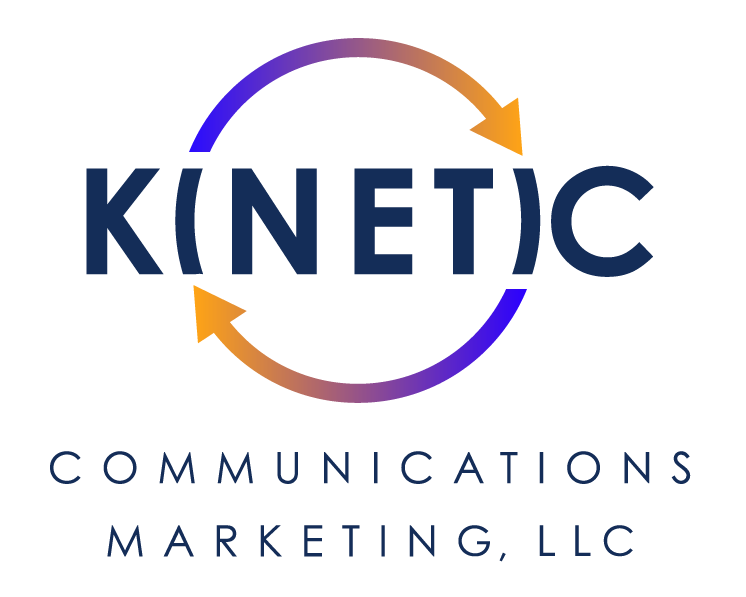From Fortune 500 Companies to non-profit organizations, communicating with employees and stakeholders is extremely important during the current economic recovery
America is getting back to work, faster in some states than others, but last week’s job numbers were promising, with the unemployment rate dropping to 13.3 percent in May, despite economists’ predicting it would rise to 19.8 percent according to Associated Press reporting.
Its critical for organizations to communicate with internal and external audiences in preparation for work resumption activities. In tough economic times, marketing and public relations are two functions typically first
in staff reductions. Unfortunately, that is when an organization should step up these activities to maintain margins, or a donor base, as the economy improves. It’s important to remain at the top of mind among key stakeholders.
The communications challenge is obvious by looking at the world’s largest independent PR Firm — Edelman Worldwide. Richard Edelman announced last week that for the first time in its history it was cutting 390 staff
globally, or seven percent of its workforce according to PR Week.
The COVID-19 economy hasn’t just impacted large agencies. As a board member of Soldiers’ Angels, a national 501(c)3 non-profit supporting America’s military members, veterans and their families, I was sad to learn that our PR agency, ScoutComms, was closing its doors due to a loss of revenue and clients going dormant.
This is a story playing out with communications professionals across the nation, and while these great communications professionals will find jobs, in the short-term there’s a gap that needs to be filled with clients left in a lurch.
So how are organizations, and even big and small agencies, coping after they have permanently laid off communications staff? One opportunity is to augment the organizations communications needs with
experienced, cost-effective communications professionals.
At Kinetic Communications Marketing, LLC, our team has identified a few areas that organizations need to consider addressing post quarantine:
1. Employee Communications — The National Law Review published an article in May about employment consideration for returning to work. Not only are the health and safety consideration for employers to make, there are also employment compliance laws that must be considered and communicated. Outside professionals can be a great resource from a legal and communications perspective to avoid any potential liability and litigation in the case of a resurgence of the virus or another strain.
2. Vaccine — The Government’s “Operation Warp Speed” is focused on finding a vaccine for the COVID virus. However, there are skeptics out there according to reporting on June 5.
3. Despite the progress, are companies prepared with crisis/communications plans if workers refuse to take the vaccine?
4. External Stakeholders — Can customers count on a reliable delivery of the products or services produced by your company? What about the supply chain? There are many moving parts to bring back the full
operation of the economy and a key component is quick, concise, reliable and transparent communication with stakeholders.
There is another consideration for corporations in high-risk industries such as airlines, hospitality,
entertainment, recreation, transportation and even energy and petrochemicals. For example, one domestic airline received negative press after photos of a packed flight in May surfaced on social media.
Despite airlines “claiming” to take precautions and “eliminating” sales of the middle seat United failed to do so according to this CBS Story. This sort of double-speak coming from United and others will only tarnish brand reputation and sour customers on the company.
Every organization, big and small, should be considering communications as a priority as America gets back to work, at Kinetic Communications Marketing, we are here to help in any way possible to fill the gap, or proactively plan to ensure your organizations ongoing success and bottom line.
Author: David J. Roznowski

